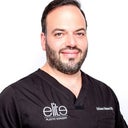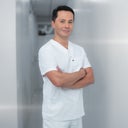Each provider will have their own set of postoperative instructions, and these will vary from providers provider. If you haven’t chosen a provider, then I suggest putting in a significant effort in the selection process of choosing the best provider. During that process, postoperative instructions should be reviewed during the consultation. At that time you can ask first hand, the specific limitations and recommendations from each provider, and these were very.



